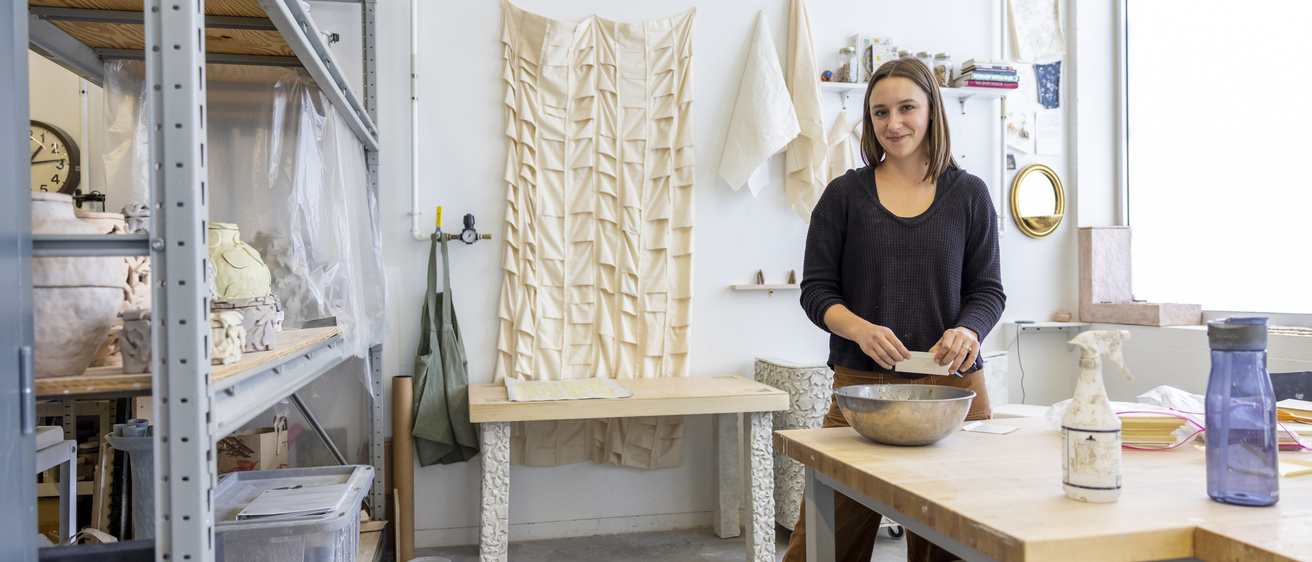Extraordinary faculty. Rigorous curricula. World-class facilities. Iowa.
Our overall graduate art program—as well as individual areas such as printmaking and painting/drawing—are ranked among the top ten at public universities by U.S. News & World Report.
We're a close-knit community of artists and scholars, working in beautiful facilities that are themselves works of art. Our Steven Holl-designed buildings are part of Iowa's architecturally impressive art campus, which stretches along the Iowa River from Hancher Auditorium to the Stanley Art Museum. Iowa City is a comfortable place to live, study, and work—a cosmopolitan, arts-obsessed small city with a metro population of about 170,000. It was the first American city to be named a "City of Literature" by UNESCO.
Celebrated as the birthplace of the MFA degree for being the first university to accept creative works as graduate theses, Iowa pioneered the practice of bringing established artists to the faculty. In the 1930s, as part of this "Iowa Idea," we prioritized studio art instruction—which had not traditionally been part of liberal arts education—alongside art history scholarship, which had been regarded as strictly a humanities discipline. No school had done that, and many still keep studio art and art history separate.
The Iowa Idea drew leading studio artists to the faculty—including Grant Wood, Byron Burford, Philip Guston, Chunghi Choo, Hans Breder, and Mauricio Lasansky. Iowa's innovation also brought groundbreaking art historians, such as H. W. Janson, who wrote a fundamental art history textbook, and Roy Sieber and Christopher Roy, internationally recognized scholars of African art. Our alumni include some of the great names of American art, such as Charles Ray, Miriam Schapiro, Ana Mendieta, and Elizabeth Catlett.
Today, the University of Iowa is renowned as a dynamic, forward-looking center for graduate study in visual art in 2D and 3D, and in art history across a wide range of specializations. The university also boasts significant strengths in allied fields such as creative writing, theatre arts, music, dance, book art, cinema, history, religion, languages, and classics. Graduate degrees are conferred by the Graduate College, while instruction happens here in the School of Art, Art History, and Design. Assistantships, fellowships, and other forms of financial support are available. Please join us in Iowa City as you advance your artistic or art historical career and life.
Why Iowa?
Art History PhD candidate Rachel Epstein shares why she chose the University of Iowa.
Studio Arts
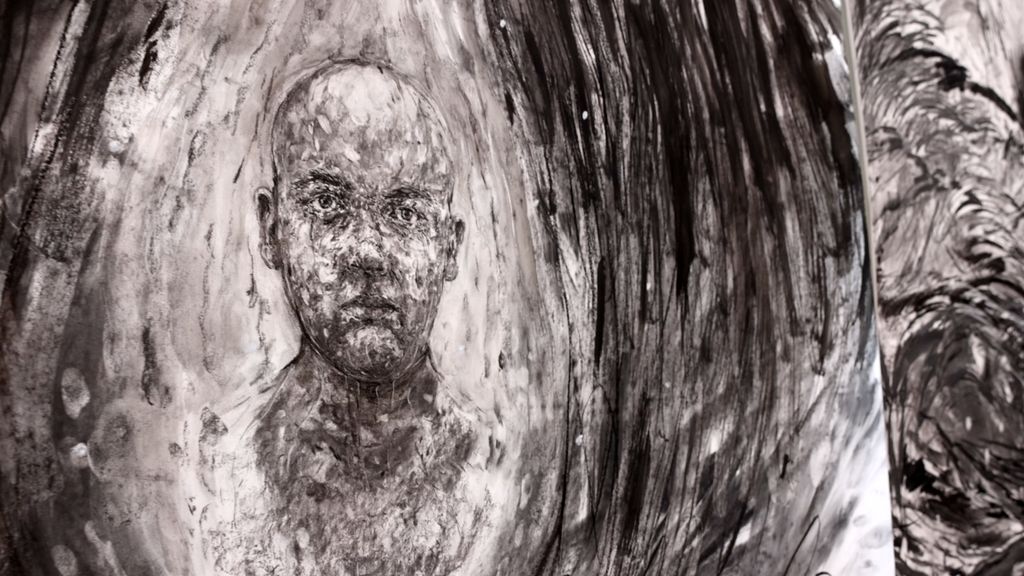
MA in Studio Arts
Choose two emphases: ceramics, graphic design, 3D design, drawing, intermedia/video art, jewelry/metal arts, painting, photography, printmaking, or sculpture. Written thesis required.
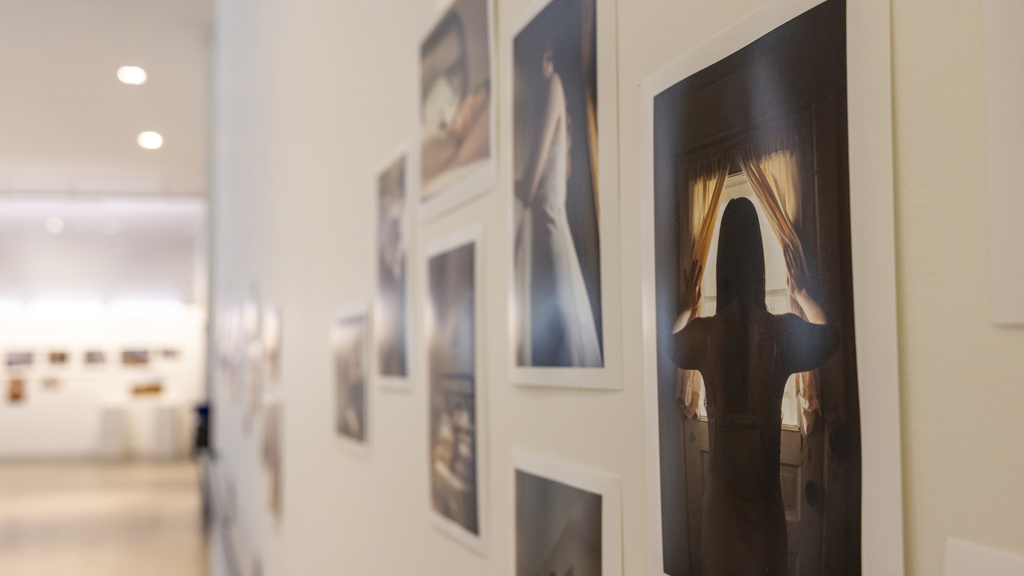
MFA in Studio Arts
The next step after your MA. Choose two emphases: ceramics, graphic design, 3D design, drawing, intermedia/video art, jewelry/metal arts, painting, photography, printmaking, or sculpture. Creative/written thesis required.
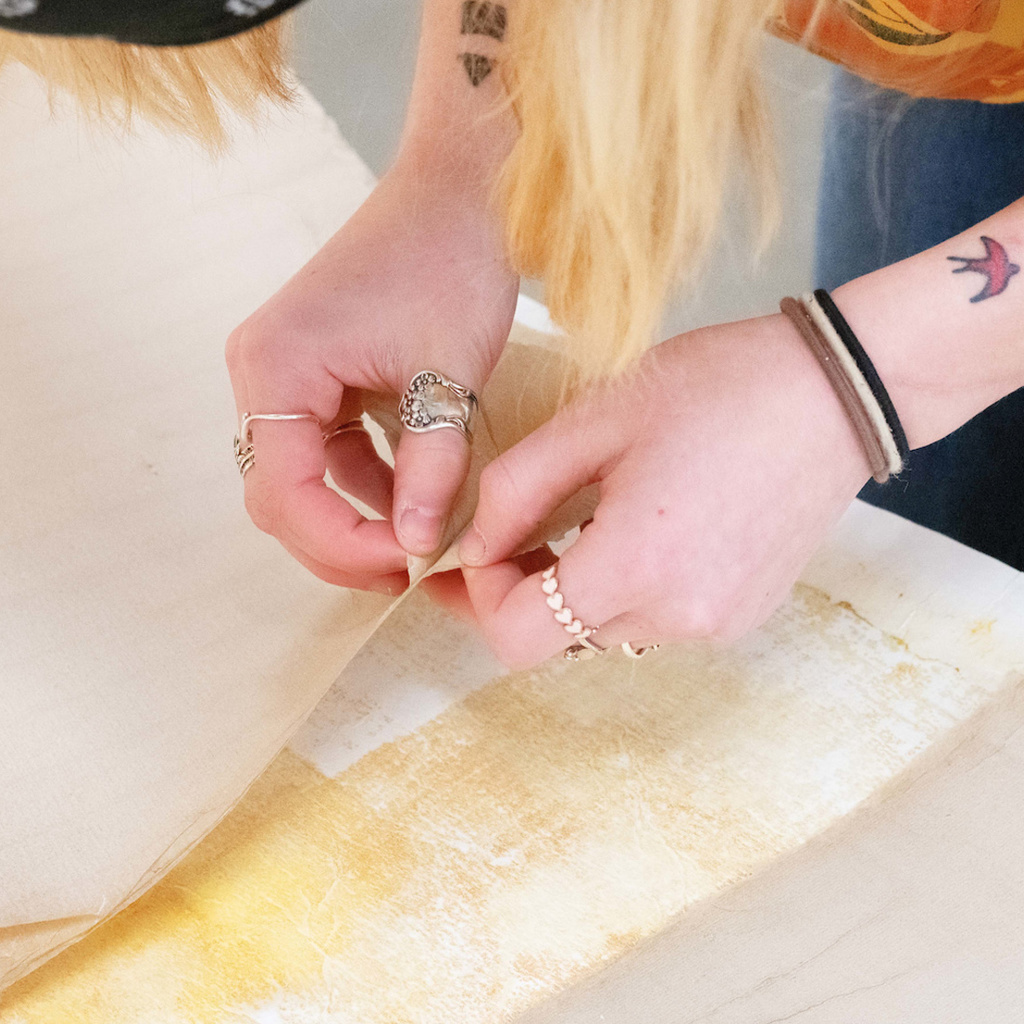
Certificate in Book Arts/Book Studies
Enhance your graduate study with this one-year certificate offered by the Center for the Book.
Art History
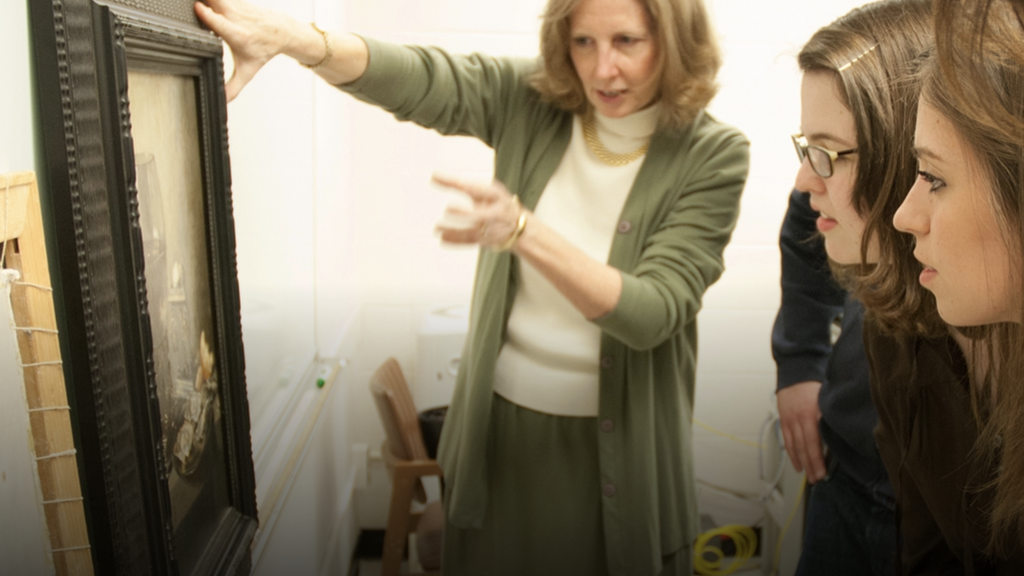
MA in Art History
Gain broad art history knowledge—and learn the research skills you'll need to succeed in doctoral programs and professional museum, gallery, and nonprofit positions.
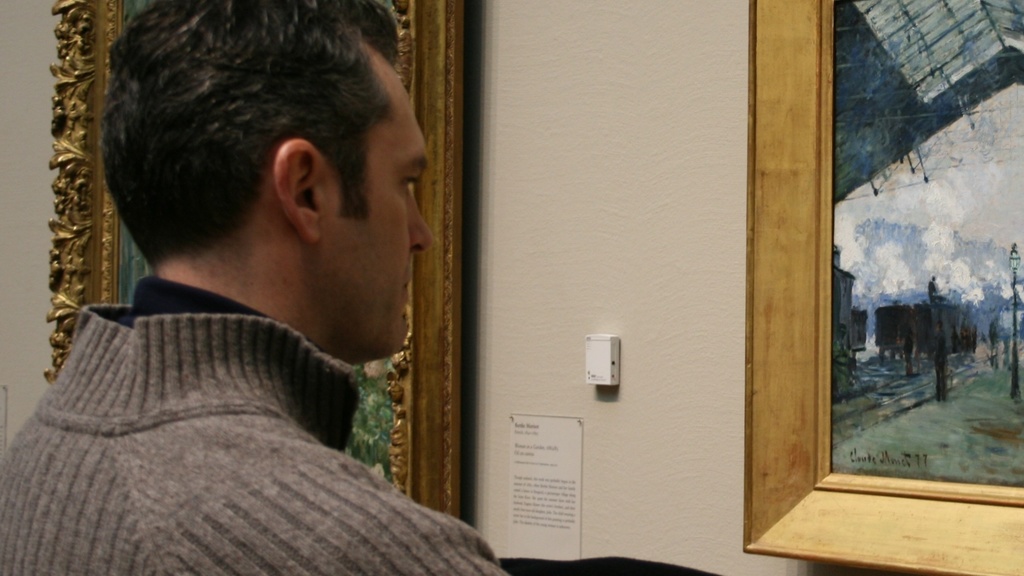
PhD in Art History
Develop broad and deep scholarly expertise. Specialization options include Asian, ancient Mediterranean, medieval, Renaissance/Baroque, 18th-/19th-century European, American, African, and modern/contemporary.
